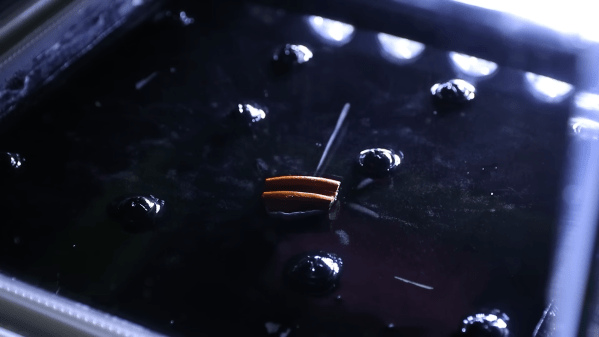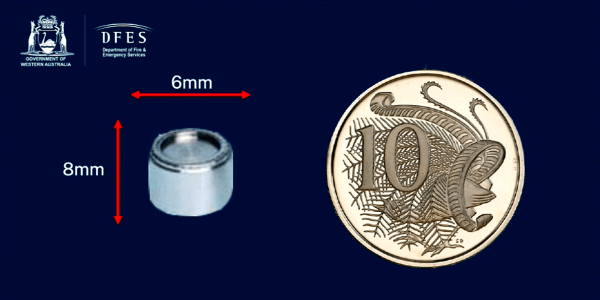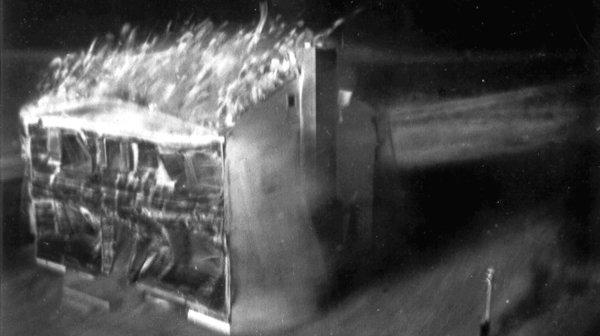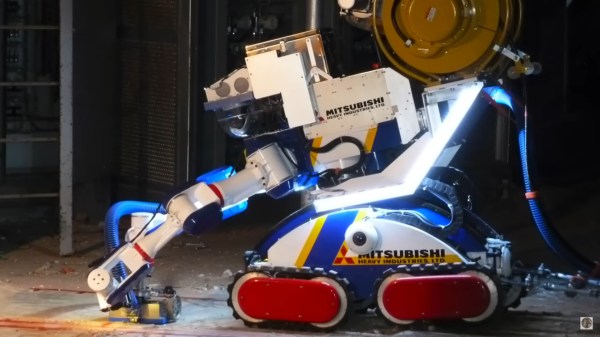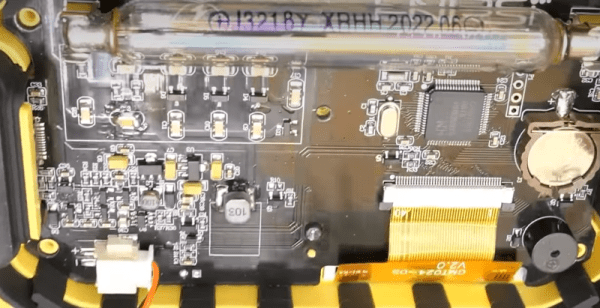[RCLifeOn] happened to come into possession of some radioactive uranium ore. He thus decided to build a cloud chamber to visualize the products of radioactive decay in a pleasing visual manner.
The construction is fairly straightforward stuff. A 3D-printer build plate was used to heat isopropyl alcohol to a vapor, while a bank of thermoelectric coolers then cool the alcohol down to -30 C to create a dense fog. The build uses a glass chamber with a bank of powerful LEDs to illuminate the fog, making it easier to see the trails from radioactive particles passing through. [RCLifeOn] later used a variety of radioactive sources to deliver a bunch of particles into the chamber for more action, too. He also experimented with blocking particles with a variety of materials.
It’s one of the bigger cloud chambers we’ve seen, and seems to work great. You can build a simple version pretty easily, or you could travel to a local museum or science center if you’re too busy to tackle it at home. Video after the break.

